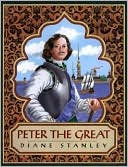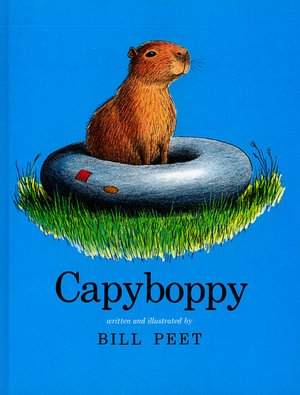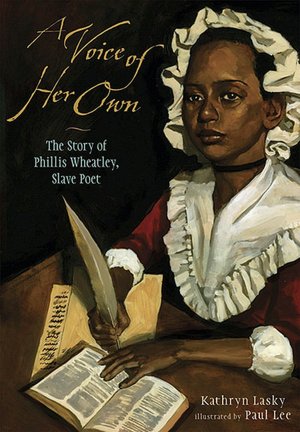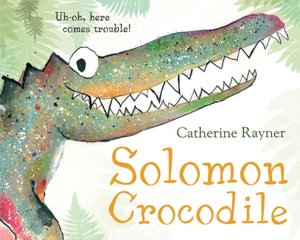We may not be full fledged Charlotte Mason method-users, but I do like some of her ideas and try to incorporate them whenever possible. Living books is one of these ideas that is easy to incorporate into our eclectic, leaning toward classical method of homeschooling.
According to Charlotte Mason: "Children have a right to the best we possess; therefore their lesson books should be, as far as possible, our best books."
This is easy for history. There is a plethora of biographies, time period works, and the like. Science is another subject filled with living books. Over the years we have found a multitude of living science books.
There is, however, one subject which alludes us for the most part: Math. Though we have had some success over the years, {You can read about those books here and here.} I do struggle to find living books for math.
How do you find living math books to use as supplements?
The other day, at our local library, we found two such books: Growing Patterns, by Sarah C. Campbell and The Boy Who Loved Math, by Deborah Heiligman.
The first I was drawn to solely for the cover picture. I had no clue what the contents could be. I was simply fascinated with the up close photograph of a sunflower. Upon closer inspection, I discovered Growing Patterns contained not only magnificent photographs of natural items, but it also included information and an explanation about Fibonacci Numbers.
As was the case with the first book, I deemed the second selection worthy of a second glance when I saw the adorable cover illustration. I admit, at first, I did think the boy was grasping an apple, running through a town. Instead, the boy is running and reaching for numbers. Those numbers are dispersed throughout the cover illustration in a clever fashion. Once I recovered from my disappointment, I realized it was a children's picture book about a mathematician named Paul Erdos. The Boy Who Loved Math reads well. It is engaging and informative. Paul Erdos is one mathematician our family will remember in the days to come.
During another library visit, we found two more: Math-terpieces: The Art of Problem Solving, by Greg Tang and Socrates and the Three Little Pigs, by Tuyosi Morie.
Both books combine math with something else. Math-terpieces combines famous pieces of art with addition. Using one element from each painting, the text prompts readers to figure out multiple ways to add numbers to reach a particular sum. Socrates and the Three Little Pigs combines a bit of philosophy, history, math, and characters of a well-loved fable. The wolf, Socrates, wants to eat a pig. He is trying to minimize the work of finding a pig at home and goes through a lengthy discussion with his friend, Pythagoras as the two work out various combinations and figure the probability of finding one pig in a particular home.
Internet Articles and Helps for Living Books in General:
- Becoming a Charlotte Mason Teacher: Paradigm Shift Required at ChildLight USA
- Using Living Books Effectively at Simply Charlotte Mason
- Choosing Books Like a Connoisseur at Simply Charlotte Mason
- Charlotte Mason: Living Books - a Pinterest board from Dollie at Teachers of Good Things
Internet Articles and Helps for Living Books for Math:
- Living Math Books - Reading for Math at Mama Jenn
- Living Math Book List - a site filled with listings of books {simply click on 'Search Categories' tab and select your topic}
- Math with Living Books at Lifestyle Homeschool































